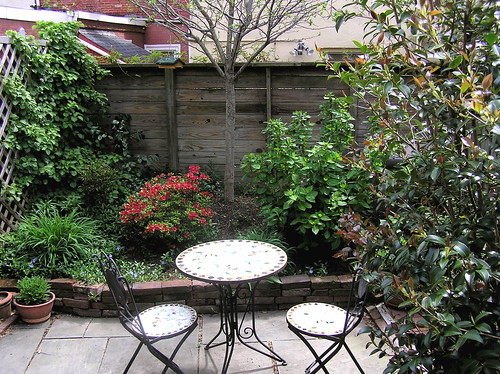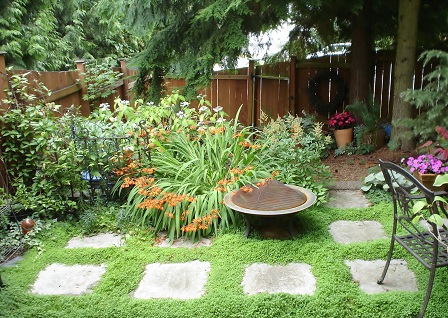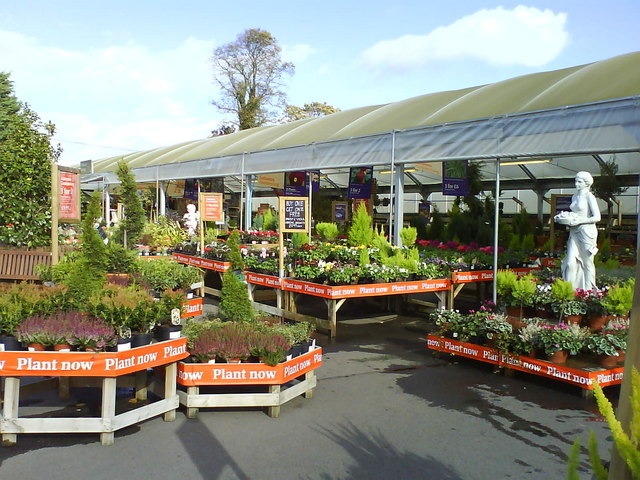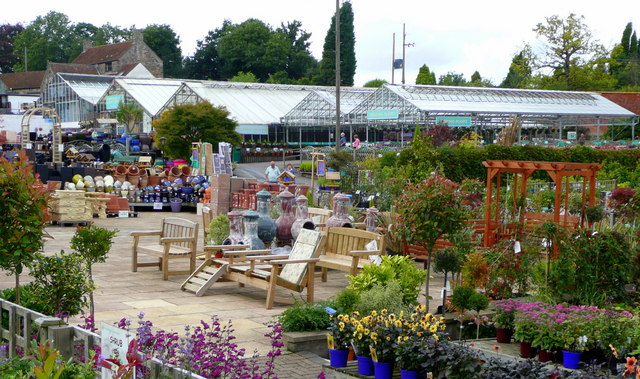Recipes for SAM
 Vegetable Soup
Vegetable Soup
1 onion
1 carrot
1 potato
1 tin tomatoes.
other vegetables: swede, parsnip, cabbage stalks, broccoli stalk, anything which you have or is left over, could be mushrooms, courgettes.
- Fry onions in oil, perhaps adding some garlic.
- Add rest of vegetables and some stock and some herbs and cook until ready.
- This can either be eaten as it is or can be whizzed for a smoother soup.
- For a more 'hearty' soup, add some lentils and some split peas after frying the onions (or if you don't have that then a handful of porridge oats is grand too).
See also the article 'January means soups' for other ideas, such as Kidney Bean Soup.
 Mince for cottage pie
Mince for cottage pie
- Fry mince, pour off any fat.
- Add chopped onion and perhaps some garlic.
- Add a little flour, then a tin of tomatoes, some gravy browning or a beef stock cube, some mixed herbs.
- Perhaps add a little red wine.
- If you like, you can add some chopped vegetables such as carrot and celery.
- Cook, adding more stock if necessary.
 Tomato Sauce
Tomato Sauce
- Fry an onion (with some garlic if liked).
- Add a tin of tomatoes and some tomato puree.
- Optional: add a splash of wine.
- Add some mixed herbs or basil or marjoram.
- Cook.
- Season to taste, perhaps adding a little sugar, depending on the tomatoes used.
- Other chopped vegetables may be added to this mixture.
- This sauce can be served with pasta or spread on a pizza base, then topped with cheese and other delights!
Crumble pudding
- Put some fruit* in dish with a couple of teaspoons of water, cook in microwave for a couple of minutes.
- Top with mixture of 5oz (140g) sugar, 5oz (140g) butter and 8 oz (220g) flour.
- Cook at 180C for about 40 minutes.
- Eat warm with custard, ice cream or evaporated milk.
* rhubarb, apple with other fruit such as raspberries, strawberries, pineapple.
For when times are tough - or you just feel like it ......
French Toast (or Eggy Bread)
- Dip slices of bread (halved or quartered) into a mixture of egg beaten with a little milk.
- Fry the bread pieces gently on both sides in butter/margarine/oil depending on your taste.
- Eat. Ideas: eat with salad or fruit; spread jam on top; serve with a bowl of soup.
Dustin Hoffman cooked this in the film
Kramer v Kramer, which starred him and Meryl Streep.
Vegetarian Sausages

130g fresh breadcrumbs
100g mature cheese, grated
1 small leek (sliced) or onion, (finely chopped)
1 - 2 tsp chopped herbs
s&p, 1 tsp mustard
2 eggs
To dip: flour, egg, breadcrumbs
To fry: oil
- In a large mixing bowl stir together breadcrumbs, cheese, onion, herbs, mustard and seasoning.
- Beat in two eggs and mix well.
- Using your hands, divide the mixture into eight and make into sausage shapes.
- Cover and put in fridge for about an hour.
- Three bowls: flour; one egg lightly beaten; breadcrumbs
- Dip sausages into each in turn.
- Heat some oil in a pan, cook the sausages in the oil 'til crisp and brown.
- Drain on kitchen paper and serve.
... and from The Times (18.5.13)
(Four things you need to know to ...
Cook like a professional:
- Season more. When Gordon Ramsay cooks broccoli soup he seasons the water, seasons the broccoli, seasons the stock and then seasons the soup. And it tastes great. You get the idea.
- Use more heat. Home cooks never get their pans hot enough. Searing temperatures are what give food colour and flavour. Accept that there will be smoke and open the windows.
- Taste more. Always, always taste your food. Not just at the table, when it's too late, but all through the cooking process. Then you can adjust as you go along.
- Accept more help. Chefs have brigades; you have family and friends. Get them to drain vegetables, etc. as you finish the gravy. Not even a chef would try ot do sunday lunch completely on is own.
Cook fish:
- Sprinkle fillets with salt about 30 minutes before cooking to firm them up and make them hold together better in the pan. Rinse and dry before seasoning again and cooking.
- Fry fish in oil first, adding butter for the last couple of minutes. Once it foams, tip the pan and use a spoon to baste the butter over the fish as it finishes cooking.
- Cook fish skin side down for three quarters of the cooking time, pressing it down at first to ensure a crisp skin. Flip over only for the last minute or so (If roasting, cook skin side up to protect it from oven heat).
- Always finish fish with a squeeze of lemon juice. It will brighten the flavour and cut the richness of the butter.
Cook meat:
- Store meat unwrapped in the fridge or larder. This will help it dry out, which makes it cook better (see 3, below). If it's clammy, dry it on kitchen towel before seasoning.
- Make sure meaty is at room temperature before adding to pan. Otherwise it'll cook unevenly and there is a danger that the outside will burn before the centre has cooked.
- The key to flavoursome meat is to caramalise the outside to a dark rich colour. This will translate into extra flavour. The meat should sizzle as soon as it hits the pan. You can turn the heat down once it has reached the right colour.
- Do not keep fiddling. Meat needs time to sear and the more you move it, the more likely it is to lose its juices and boil rather than brown. This applies especially to mince.
Cook vegetables:
- Use large quantities of salted boiling water so it comes back up to temperature quickly after adding the vegetables. This will help vegetables to retain their bright colours.
- When frying vegetables, cut them into equal sizes so that they cook evenly. This is especially true for onions.
- Cook potatoes at a gentle simmer,m not a rolling boil, or the outsides will become soft and waterlogged.
- Vegetables such as peas and carrots can be part-cooked in advance. Then heat for a minute or two in the microwave with a spoonful of water and a large knob of butter.
See also 'The only recipes you'll ever need' published by quadrille.
And whilst on the subject of being careful with money when buying food, here's a site with suggestions of how to keep food:
http://www.diyncrafts.com/3363/lifehacks/40-diy-tricks-make-groceries-last-long-possible/5























